Editor’s note: This story was briefly removed and republished from The Vanderbilt Hustler on Jan. 24, 2022, to reflect updated, relevant information.
UPDATED: This story was updated on Jan. 27, 2022 to reflect an email response from G.L. Black, Vice Provost for Student Affairs and Dean of Students.
The Office of Housing and Residential Experience (OHARE) stated that they are “responding to a report of mold” in a Jan. 20 email to Morgan and Lewis House residents. On Jan. 19, Morgan House Residential Advisor (RA) and senior Benjamin Bryce emailed Morgan House residents and other students to alert them of the mold levels in the building.
Several students, including Bryce, have cited health issues that they believe are linked to the mold allegedly present in their dorms.
Student claims
Bryce conducted $300 Environmental Relative Moldiness Index (ERMI) and Health Effects Roster of Type-Specific Formers of Mycotoxins and Inflammagens (HERTSMI-2) mold tests on Dec. 20, for which he swabbed various surfaces around his own dorm and the dorm directly above his.
The U.S. Environmental Protection Agency (EPA) first developed ERMI tests to research mold exposure and health effects by analyzing mold found in dust collected in homes. However, the EPA does not recommend the “routine public use” of ERMI tests in homes or schools and acknowledges that the tests have “not been validated for non-research purposes.”
Bryce reports that the results of his ERMI test showed two strands of mold present at a level 1,000 times higher than normal and five strands present at a level 100 times higher than normal.
“At current levels, my dorm is unlivable,” Bryce’s email reads. “It’s possible that yours is too.”
Bryce said in his Jan. 19 email that he began experiencing upper respiratory symptoms of “sore throat, sinus congestion, cough, brain fog and lethargy” in October 2021. He tested negative for COVID-19 and, as a result, ignored his symptoms until returning home for Thanksgiving break last semester. He said his symptoms “magically” improved at home, only to resume once he returned to campus. After seeing a Tik Tok that documented a student’s experiences with mold at another university, Bryce stated that he decided to check his room for mold.
“I was sick of being sick, so I ripped the ceiling tile down,” Bryce said. “What I found was horrifying.”
Bryce created a GroupMe to facilitate communication with Morgan residents and allow them to share stories and evidence of mold. In it, dozens of students have reported similar experiences. Sophomore and Morgan resident Nadia McGlynn said she was sick for over a month last semester with similar symptoms as Bryce.
“I had bronchitis for a month and a half,” McGlynn said in a GroupMe message to The Hustler. “In the past, it has definitely not lasted that long.”
Sophomore and Morgan resident Bita Tavafoghi described the negative health effects she has experienced as a result of mold in her room in an email to The Hustler.
“I was sick for two months last semester. I had three rounds of antibiotics, got an inhaler, had to take steroids for a rash, and had sinus issues the entire semester,” Tavafoghi said in her email. “This is a really big issue because we are expected to be in our rooms for the Commodores Care period and no one has informed us or even tested for the mold to make sure we’re safe.”
Stories like those of Bryce, McGlynn and Tavafoghi have sparked concerns about mold among other Morgan House residents and students residing in older dorms across campus.
“I live two floors directly above the RA [Bryce], so now I’m afraid the mold is going to spread upwards,” sophomore Frank Belette said. “The associated health issues are really serious, and I hope Vanderbilt does something about it.”
Similarly, first-year Elana Agarwal said that the mold incident in Morgan House has made her question a sickness that spread around East House—originally built in 1924—last semester. Morgan House was built in 1962.
“A bunch of people got sick in East too, and everyone thought it was the flu spreading around,” Agarwal said. “However, the cough was different than anything I had ever experienced before, and it disappeared as soon as I left campus one weekend.”
Lewis House resident and sophomore Peyton Peterson also said that his dorm has severe mold issues. He submitted a maintenance request to OHARE on Jan. 20. OHARE took pictures of the mold that day and began cleaning it the day after. Peterson said they arrived to finish cleaning the mold on Jan. 24.
“I’m guessing [OHARE] is just going to do a cosmetic job,” Peterson said in a GroupMe message to The Hustler. “My roommate is literally returning home for the weekend because we have been getting sick—headaches, sore throat, congestion—every time we return to campus.”
OHARE response
OHARE’s Jan. 20 email reminded residents of the procedures for reporting maintenance concerns and reiterated that mold is common in Middle Tennessee and usually does not cause significant health issues for those without mold allergies. Students can submit maintenance requests on the ReADY portal.
“We are continuing to follow our established protocol, working closely with the university’s on-staff industrial hygienist and engaging a third-party professional environmental testing company that uses an accredited lab, in the interest of promoting and protecting the health and safety of our campus residents,” OHARE’s email reads.
OHARE has not immediately responded to The Hustler regarding if their protocol includes conducting mold tests and, if so, the results of the tests.
Upon notifying his Area Coordinator (AC) Byron Uzzell and OHARE about the alleged problem, Bryce said he was moved to a Chaffin Place apartment for one night. He said Morgan House Area Maintenance Supervisor John Hayes cleaned and painted over the mold within a few hours of initial inspection. Bryce, who was in the room when Hayes inspected the mold, said there was no investigation into the potential presence of mold in his room in areas besides those that he pointed out.
“I later got confirmation that maintenance did not even believe that my room had mold, just ‘discoloration,’” Bryce said in his Jan. 19 email.
According to Bryce, Hayes’s tone was “abrasive” and “explosive,” and that he seemed to be annoyed about having to deal with the issue. Hayes deferred his comments to university communications, who did not offer any additional information.
Bryce said that his symptoms returned “bad as ever” hours after returning to his dorm following the cleaning. He said he visited three different healthcare providers—his home doctor, a doctor in Nashville and a “mold toxicity specialist”—which he said cost over $1,000 total. Bryce said all doctors told him that the mold was fueling his chronic respiratory symptoms and suppressing his immune system.
Bryce said that he followed university procedure for reporting housing concerns by submitting a maintenance request, reaching out to Uzzell and contacting Senior Director of Housing Operations Jim Kramka. During his Dec. 17 meeting with Kramka regarding the issue, Bryce said that Kramka repeatedly rejected the connection between mold and Bryce’s health issues, alleging that links between the two were “pretty ridiculous claims” and that the doctors’ reasoning was “highly speculative.”
The Hustler reached out to Kramka for a comment, and university communications responded on his behalf, with a short message and a referral to OHARE’s Jan. 20 email to Morgan and Lewis House residents.
“There was one report of mold that has generated concerns from other residents, which the university is following up on and addressing,” the message reads. “This is all the university will have at this time.”
“I felt so defeated and disheartened, like nobody cared at all,” Bryce said. “Vanderbilt knowingly let kids come back into an unsafe environment.”
Previous incidents of mold in residence halls
Some students in McTyeire House reported incidents of mold in their dorms in Fall 2021. In January 2019, mold was found in McTyeire and Blakemore Houses. As a result of the mold, Class of 2019 alumni Chiaki Santiago developed a cough so intense that she injured her back and was diagnosed with a herniated disc. Despite her symptoms, Santiago was not allowed to move out of her dorm in McTyeire.
Similarly, in September 2014, 500 dorms were inspected after mold was found in Cole, Tolman, McGill, Vanderbilt and Barnard halls. At the time, Kramka said that the molds were “environmental” and not “an emergency.” Mold was also found in Kissam Quad in March 2008, which Kramka said was caused by Middle Tennessee’s “high-humidity climate.” OHARE addressed each report on a “case-by-case basis,” per Kramka.
“[The mold] is something we want to work on and want to get cleaned up and want students to not have this issue in their rooms, so we’ve really tried to be as responsive as we can with it,” Kramka said to The Hustler in 2014. “At the same time, we don’t want to alarm people needlessly about this.”
G.L. Black, Vice Provost for Student Affairs and Dean of Students, sent an email to CAMPUS_RESIDENTS@list.vanderbilt.edu at approximately 12:20 p.m. CST on January 27, 2022. Black outlined the process that OHARE conducts when they receive a report of mold, including air quality testing through an accredited lab. Black added that the university had received 15 questions and concerns about mold on campus and stated that Plant Operations was following university guidance to address them.
“Testing conducted after recent remediation efforts in three Morgan House rooms indicates there is no indoor air quality concern regarding airborne mold,” Black said in the email. “The concentrations of airborne mold spores in the tested rooms were significantly less than the concentration in outdoor air. Visual inspections in 18 additional randomly selected rooms in Morgan House did not reveal any areas of concern.”




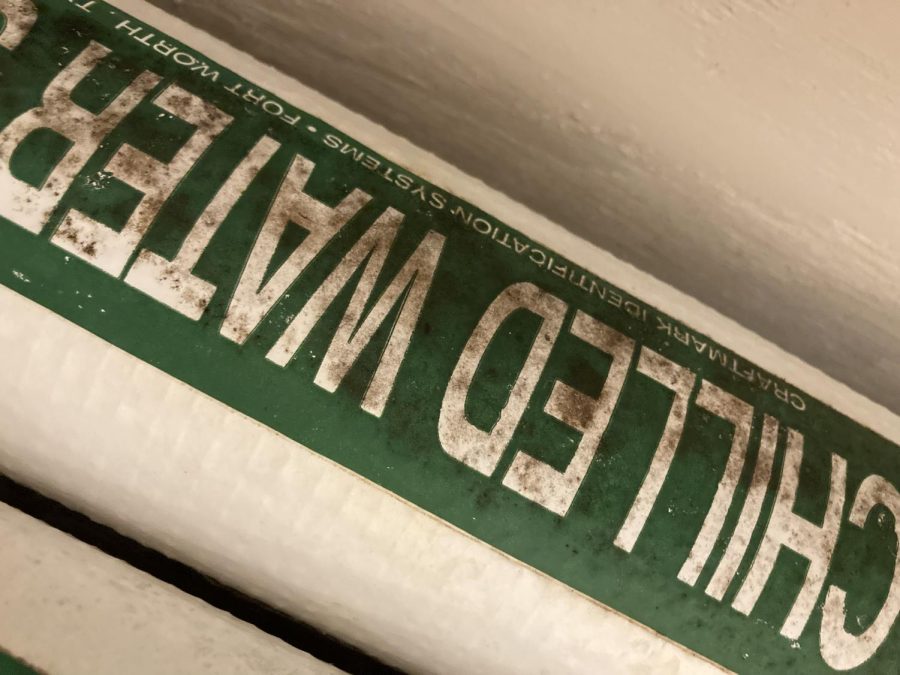
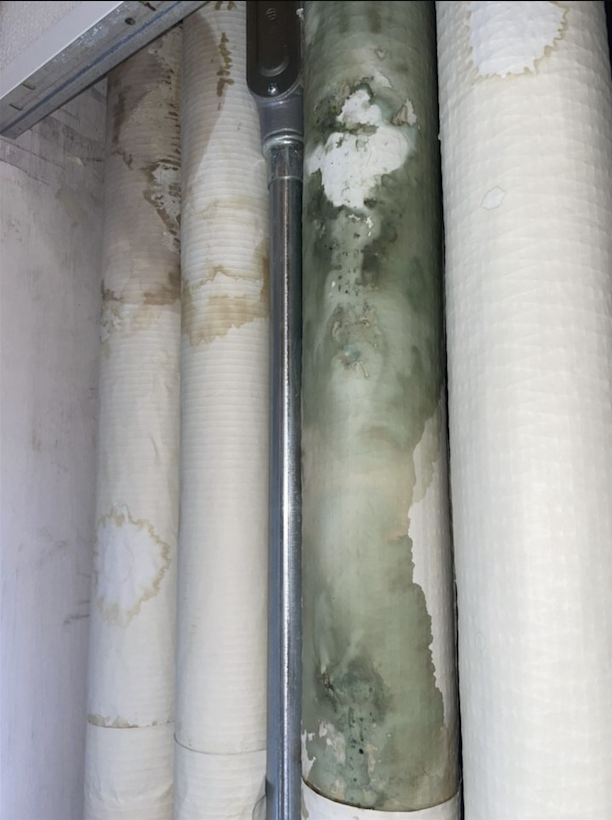



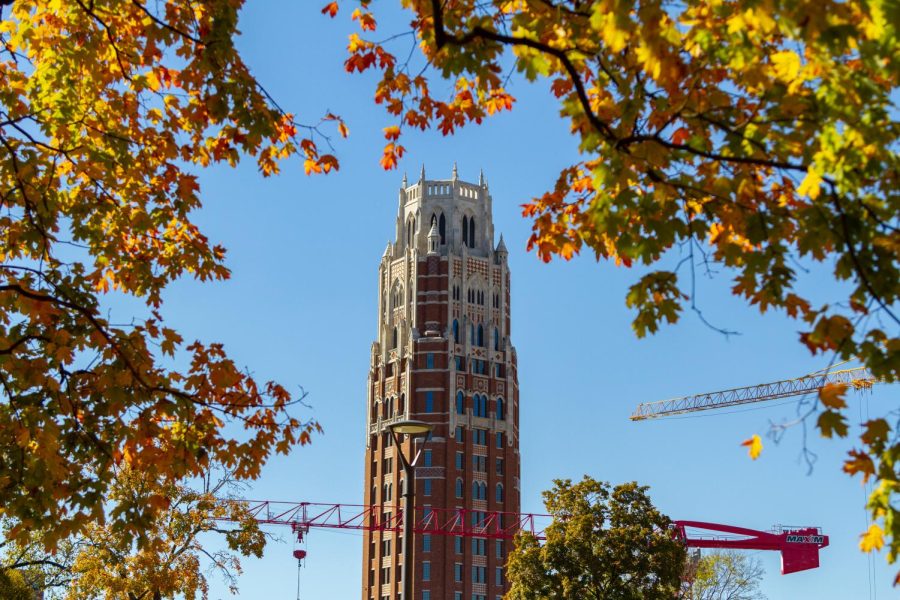
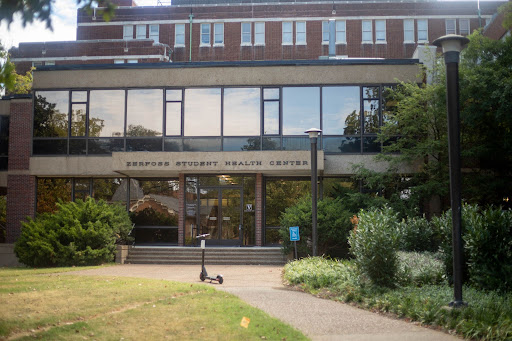

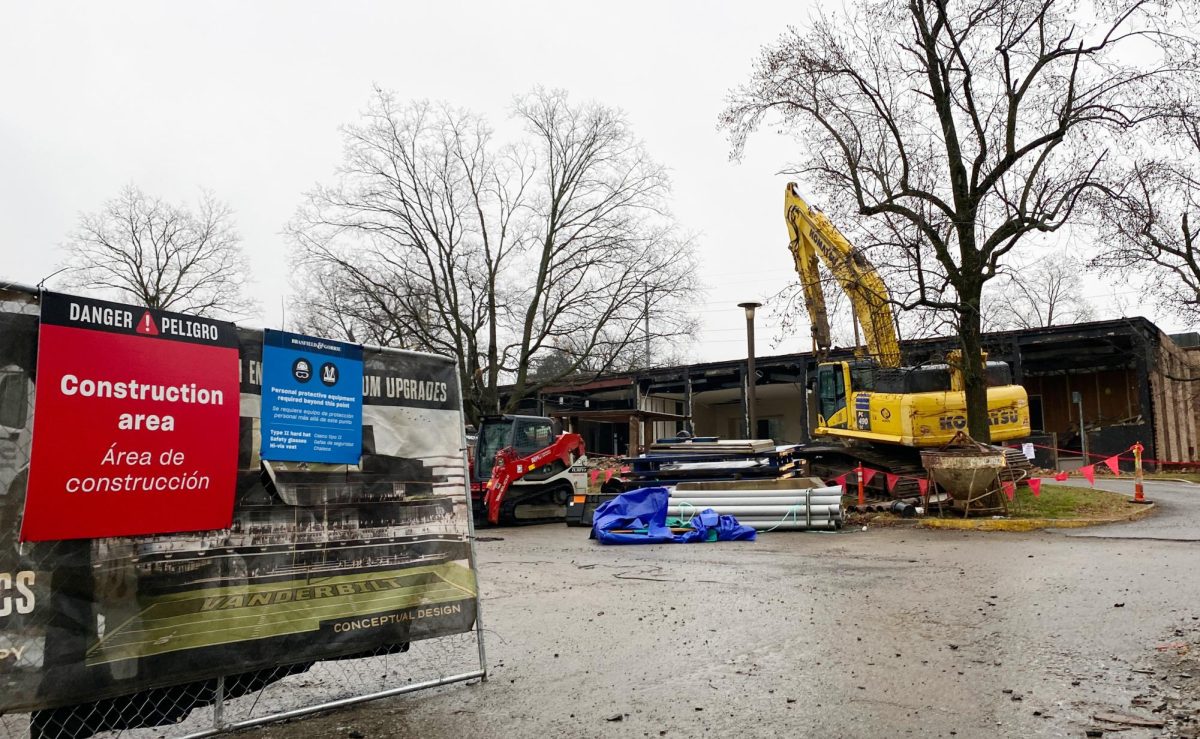
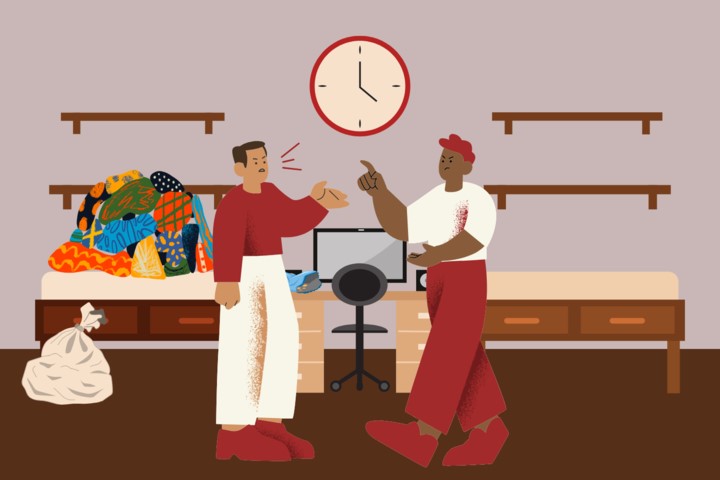
Student • Jan 25, 2022 at 1:24 am CST
Happening in Branscomb as well